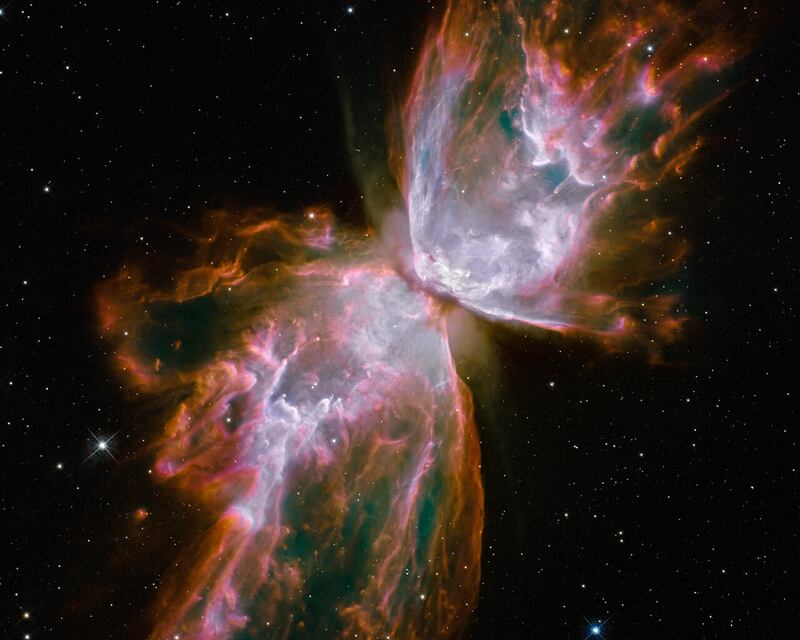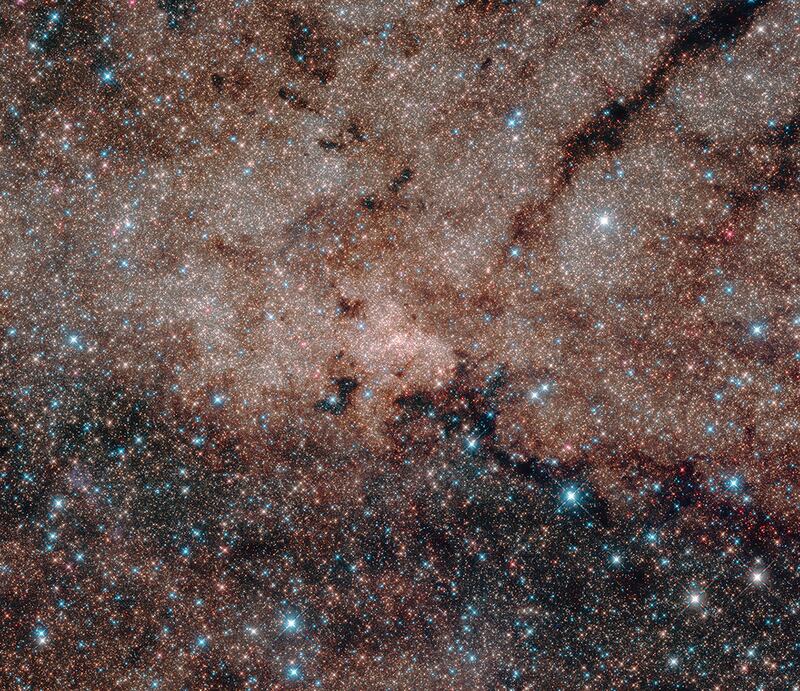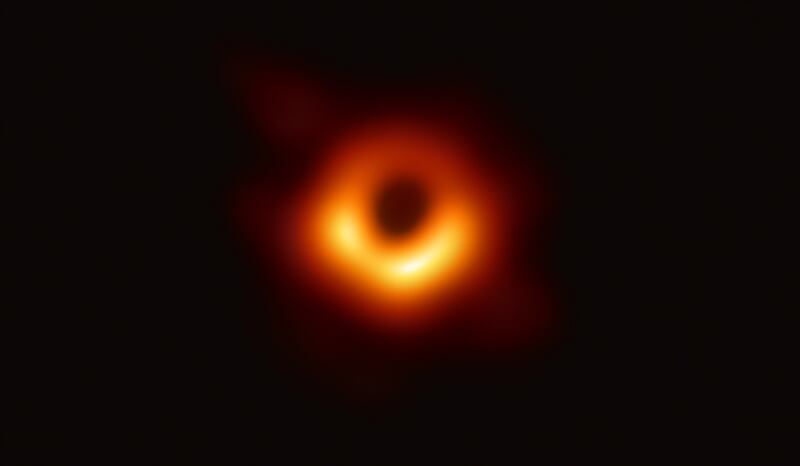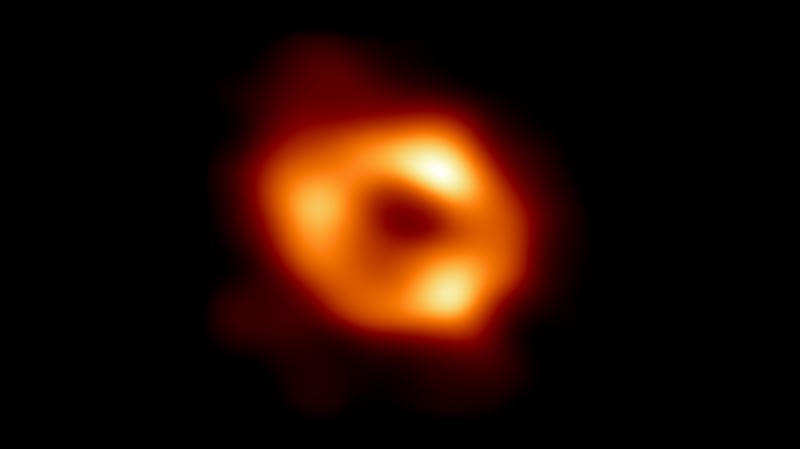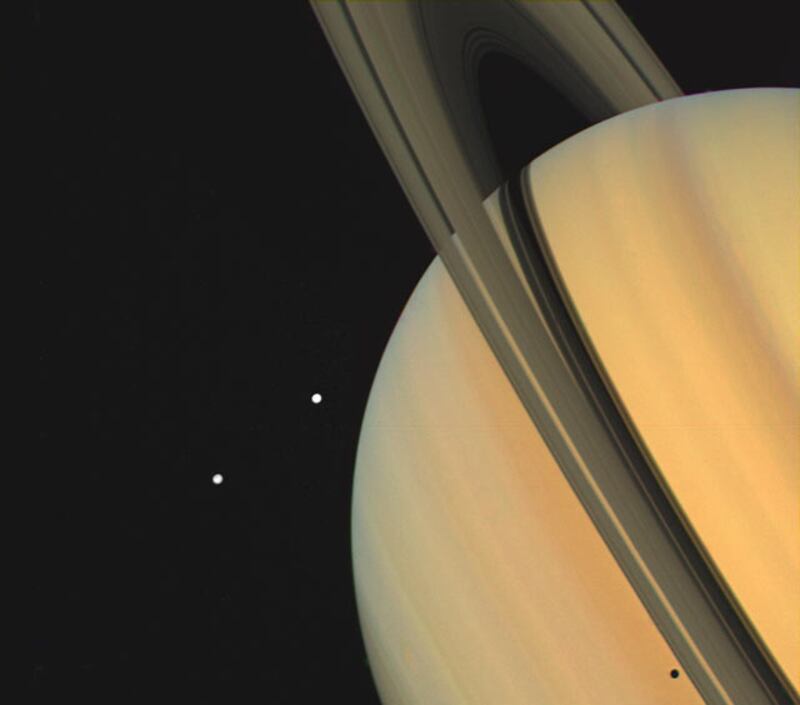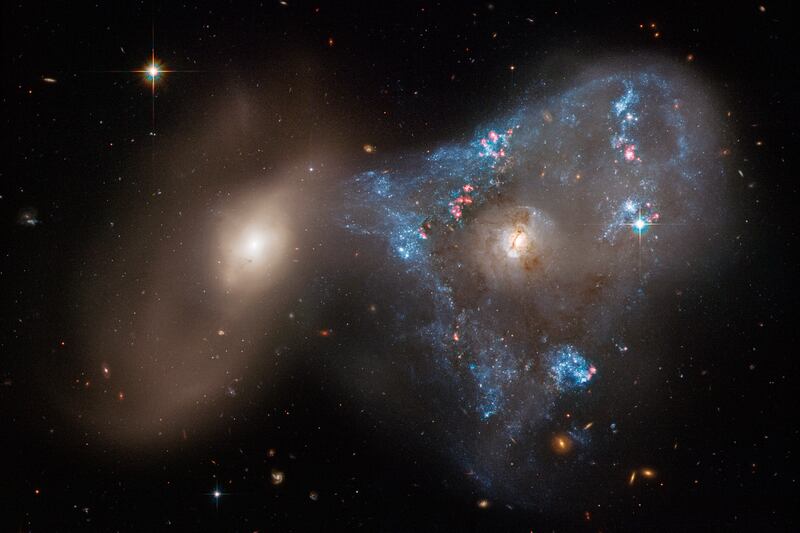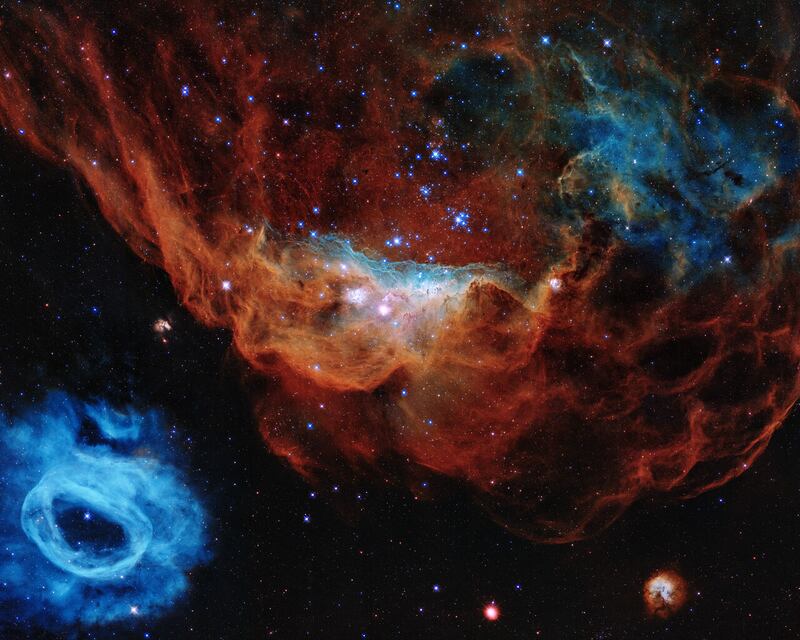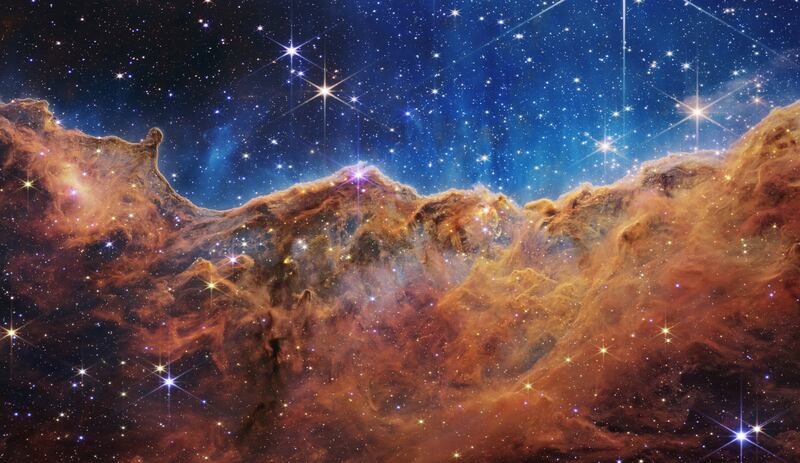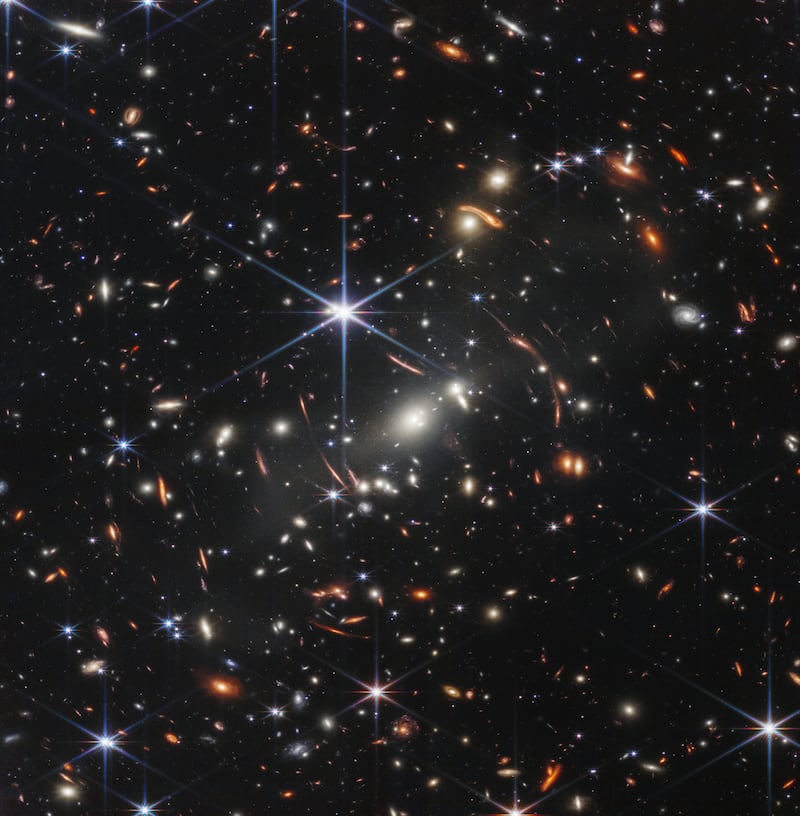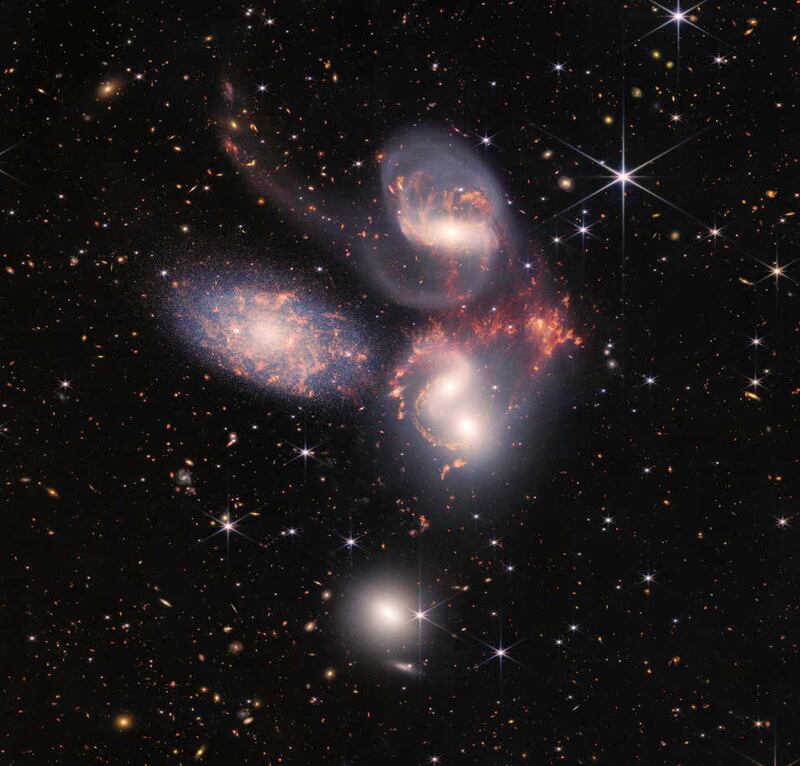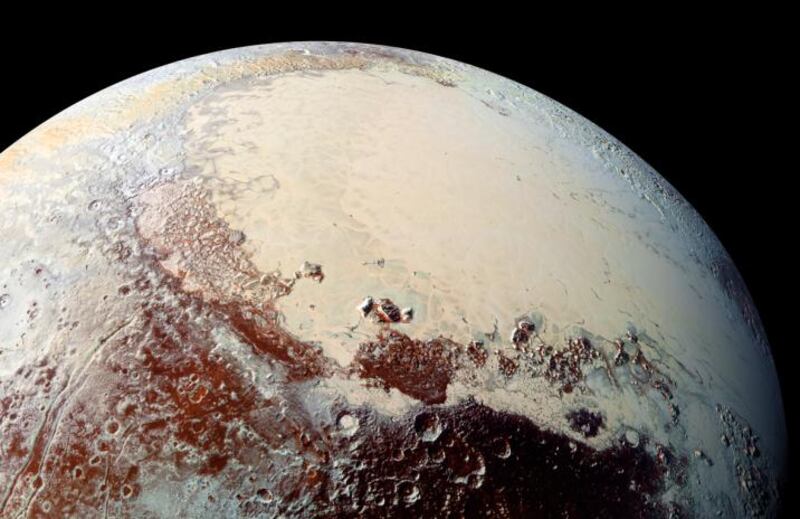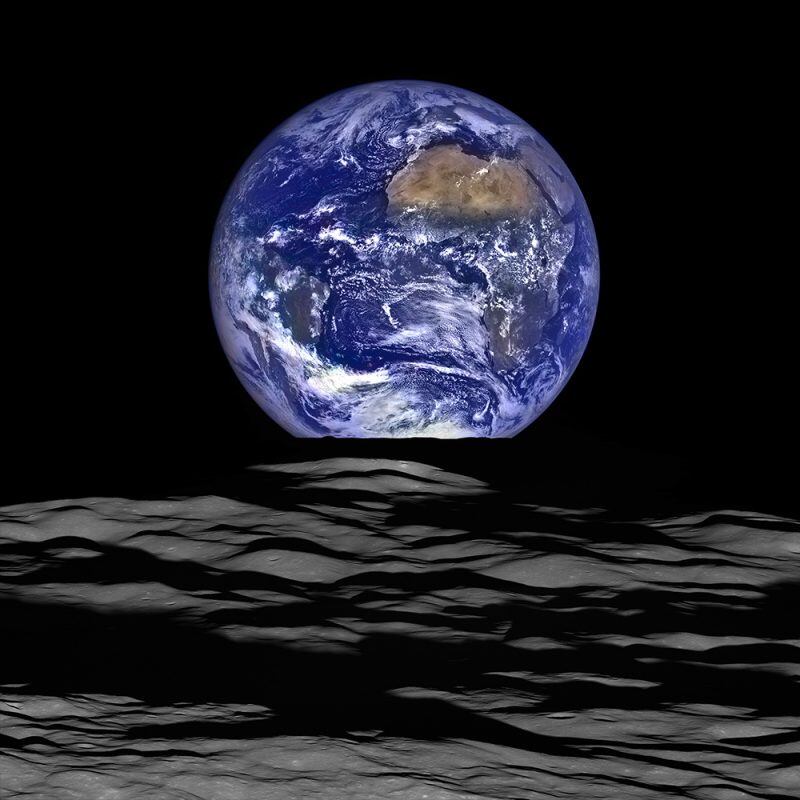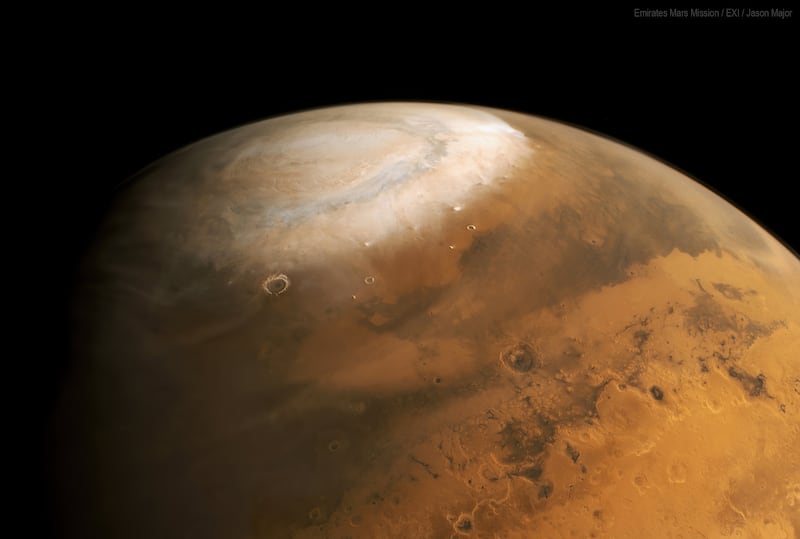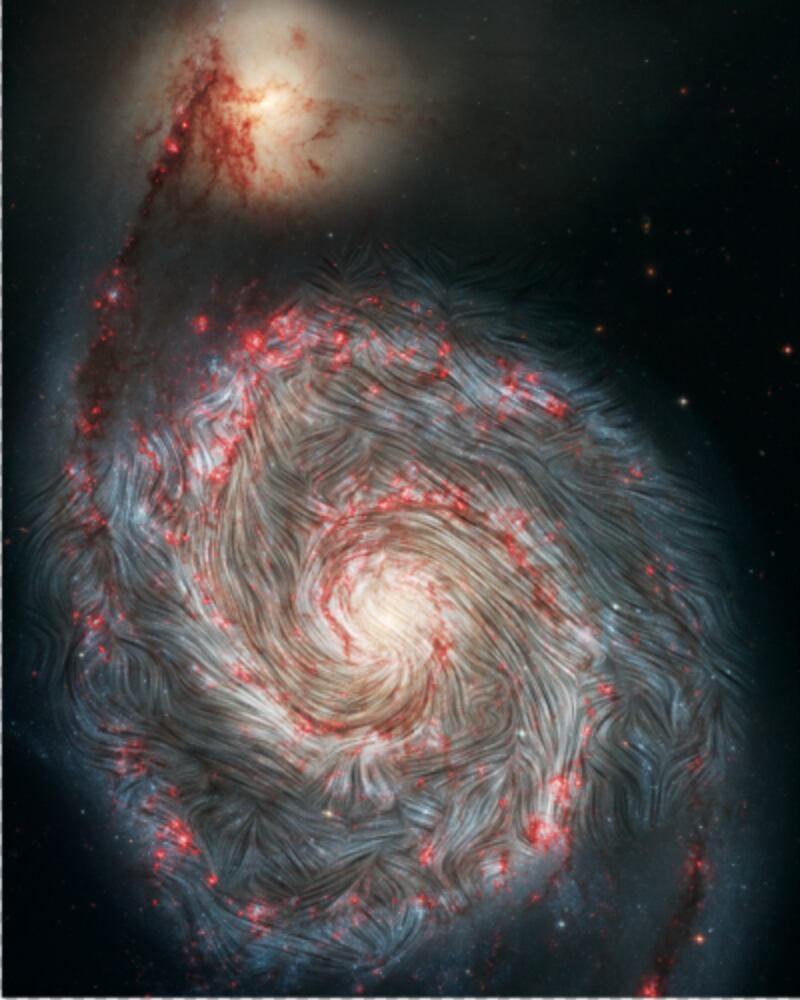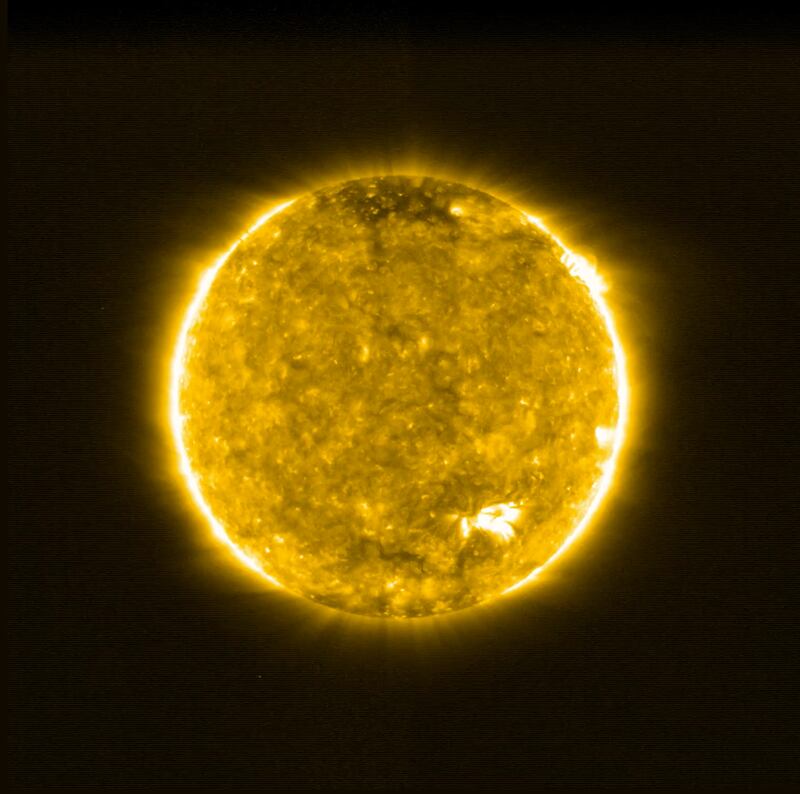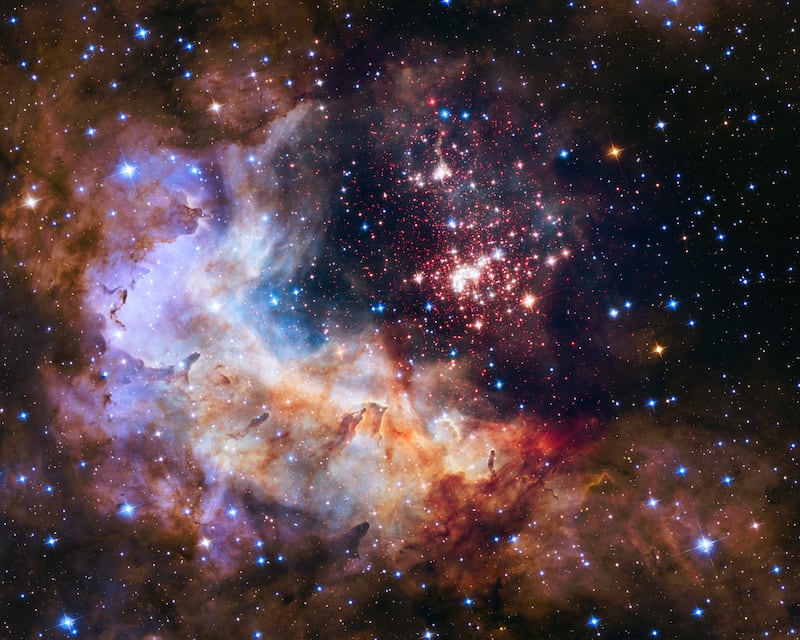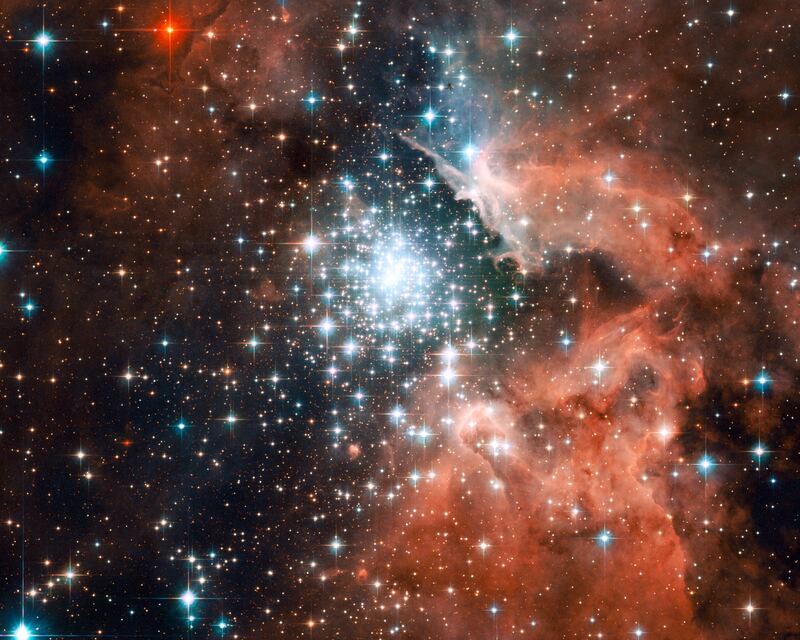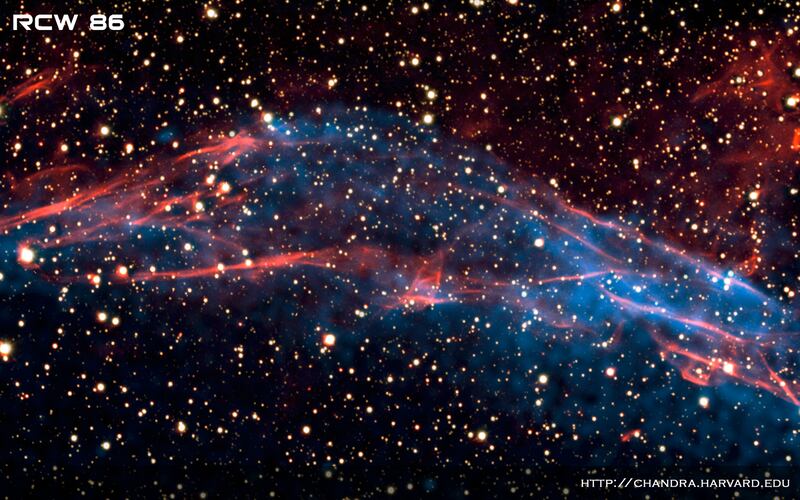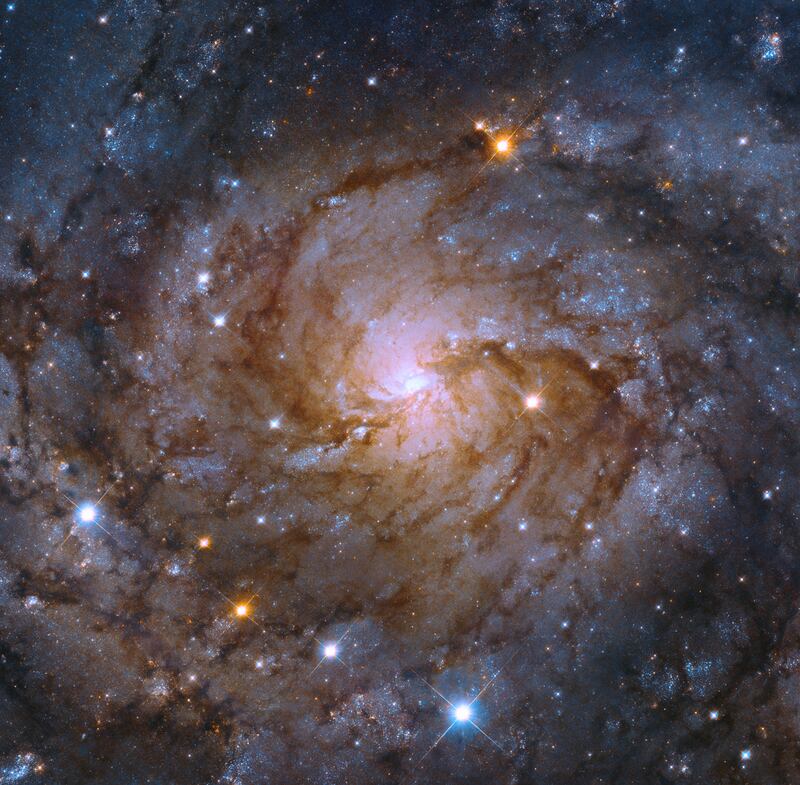From stunning snapshots of galactic explosions to black holes and polar ice caps on Mars, state-of-the-art telescopes and spacecraft have helped scientists to unravel the mysteries of the universe for many years.
The first fascinating images captured by the James Webb Space Telescope have sparked a new wave of enthusiasm for outer space.
Astronomers are particularly excited by the level of detail the telescope is capable of capturing, including looking back 13.5 billion years to events that followed the Big Bang.
The world’s most powerful space observatory has already taken several sharp pictures of the universe, including swirling galaxies and nebulae.
But is far from the first effort by humankind to further our understanding of space.
Its predecessor, the Hubble Space Telescope, paved the way for the Webb telescope to study the cosmos in more detail.
Hubble has looked to the skies since 1990
Hubble, a project by Nasa and the European Space Agency, has been operational for more than 30 years.
“Hubble has made more than 1.5 million observations over the course of its lifetime,” Nasa said.
“Over 19,000 peer-reviewed science papers have been published on its discoveries, and every current astronomy textbook includes contributions from the observatory.
“The telescope has tracked interstellar objects as they soared through our solar system, watched a comet collide with Jupiter and discovered moons around Pluto.
“Hubble has peered back into our universe’s distant past, to locations more than 13.4 billion light years from Earth, capturing galaxies merging, probing the supermassive black holes that lurk in their depths and helping us better understand the history of the expanding universe.”
Telescope on a modified Boeing plane
The Stratospheric Observatory for Infrared Astronomy, or Sofia, is another telescope Nasa uses to capture objects in the cosmos.
It is a modified Boeing 747SP aircraft that carries a telescope into the stratosphere, allowing astronomers to study the solar system in a way that is not possible with telescopes on Earth.
“The observatory’s mobility allows researchers to observe from almost anywhere in the world and enables studies of transient events that often take place over oceans where there are no telescopes,” Nasa said.
“For example, astronomers on Sofia studied eclipse-like events of Pluto, Saturn’s moon Titan and Kuiper Belt Object MU69."
It has been in operation since 2007, but will be decommissioned in September owing to costs.
Spacecraft have also been used to capture previously unseen images of the cosmos. These include the New Horizon spacecraft, which has taken pictures of Pluto.
